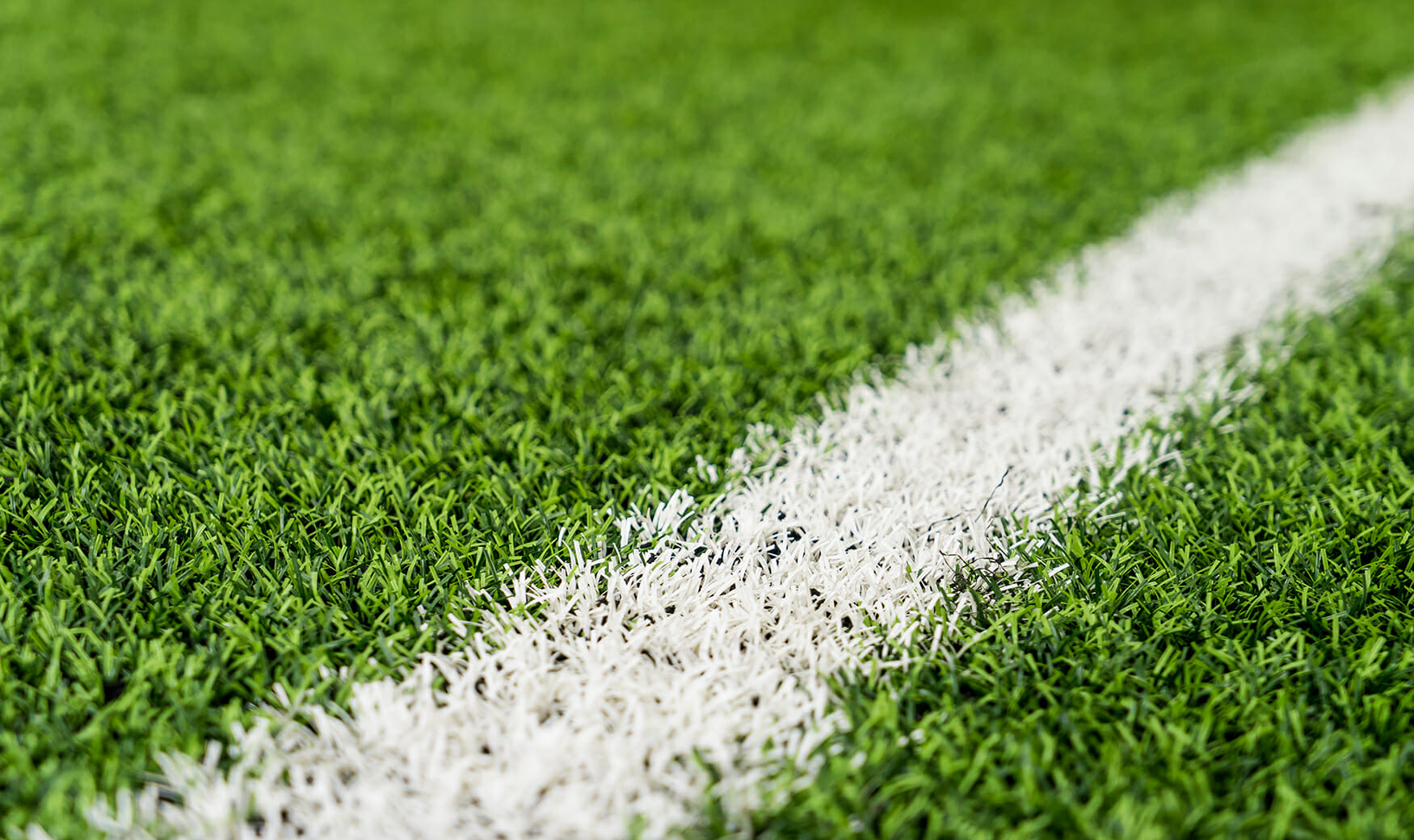In a much anticipated antitrust class action settlement, a federal judge granted preliminary approval of a $2.7 billion proposed settlement that will cap the amount of money National Collegiate Athletic Association (NCAA) schools can spend in compensation for the use of student athletes’ name, image, likeness (NIL). Assuming final approval is granted, NCAA schools will be able to spend a maximum of $23.1 million each year, and that cap will increase on a yearly basis during the ten-year-long settlement agreement. The spending limit is based on a formula that gives NCAA athletes 22% of the money the average power conference school makes from media rights deals, ticket sales, and sponsorships. Time will tell if this settlement raises more questions than answers for NCAA schools.
The settlement was preliminarily approved by Judge Claudia Wilken and any NCAA athlete impacted by the settlement will have until January 31, 2025, to file objections or opt out. A final hearing to approve the deal is scheduled for April 7, 2025, which is perhaps by coincidence the scheduled date for the NCAA men’s basketball championship game. If Judge Wilken deems the settlement fair, adequate, and reasonable, the court will grant final approval of the settlement, paving the way for schools within the NCAA’s purview to pay athletes directly.
Schools will not be required to spend the full amount of the available money, but most athletic departments in the power conferences will be expected to approach the cap to remain competitive in recruiting. NIL collectives, or groups of donors who compensate athletes with funding and endorsements, will also be able to provide NIL payments to players as long as the NCAA deems them to be legitimate forms of endorsement compensation, i.e., the athlete must provide a service in exchange for the payment, not just receive money for their athletic ability alone.
While the settlement includes three pending federal antitrust cases—House v. NCAA, Hubbard v. NCAA, and Carter v. NCAA—other antitrust cases with similar claims still remain pending. For example, in Fontenot v. NCAA a former NCAA college running back, Alex Fontenot, filed a proposed class action against the NCAA alleging that the NCAA restricted athletes from sharing in television rights revenue in violation of antitrust laws. The parties in the Fontenot case agreed to stay their litigation until Judge Wilken ruled on final approval of the settlement.
As the settlement process continues, schools, collectives, athletes, and any other party involved in college athletics should closely monitor these developments and speak to legal counsel to ensure they have a full understanding of all rules, laws, and guidance associated with the NCAA’s current business structure and the athletic landscape surrounding NIL compensation. Because the NCAA’s new revenue sharing payments will come in the form of contracts in which schools will purchase the rights to use their athletes’ NIL, power-conference schools, athletic departments, and athletes alike should be prepared to negotiate their 2025 revenue share agreements during this upcoming recruiting portal season and be aware of a range of potential legal issues, including contract/rule interpretation and/or construction, broadcasting and trademark rights, antitrust laws, intellectual property, potential misappropriation of NIL, competitive recruiting, NCAA waivers, and Title IX. Collegiate brands, both small and large, must learn to strategically structure deals in a way that maximizes returns given the concentrated time frame of a collegiate career.
McCarter and English NCAA Sports Compliance attorneys are ready to help impacted clients tackle legal issues associated with the NCAA’s new economic model, including, but not limited to, defending challenges to sports governing bodies, navigating NCAA rules and resolving complex legal and regulatory issues that affect college athletics programs and athletes, engaging in proactive planning related to legal and regulatory issues affecting college athletics programs, interpreting industry standards and NIL-based contracts, and developing trial strategies based on clients’ business priorities. Stay tuned as we monitor this rapidly evolving enforcement landscape.
